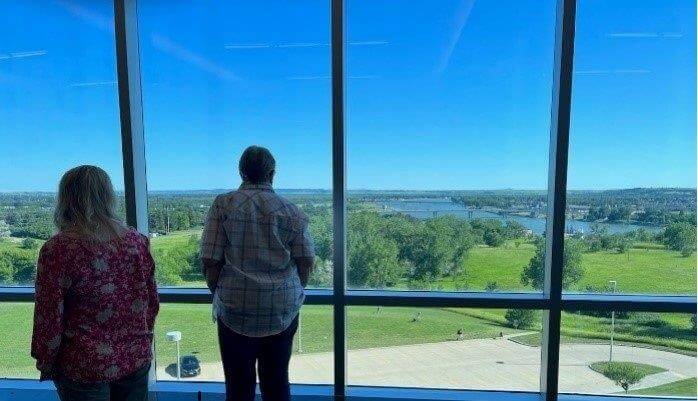
The BSC Dakota Bison Symposium kicked off with a pre-conference evening meal in the 4th floor showplace in the Energy Building for invited speakers—some just flying in—committee members and bus hosts on Wed evening June 22, 2022. The 4th floor dining room provides guests a spectacular view of the blue Missouri River rolling away toward the southeast through this great valley of big old cottonwood trees. We can see two bridges plus the old Northern Pacific railroad bridge barely discernable through the gnarly cottonwood trees at the far right. Photo credit Francie M Berg.
Day 1—Friday, June 23, 2022
On Day 1 we learn about the changing role of the bison from Pleistocene time until the present, as well as its cultural significance to our Native citizens.
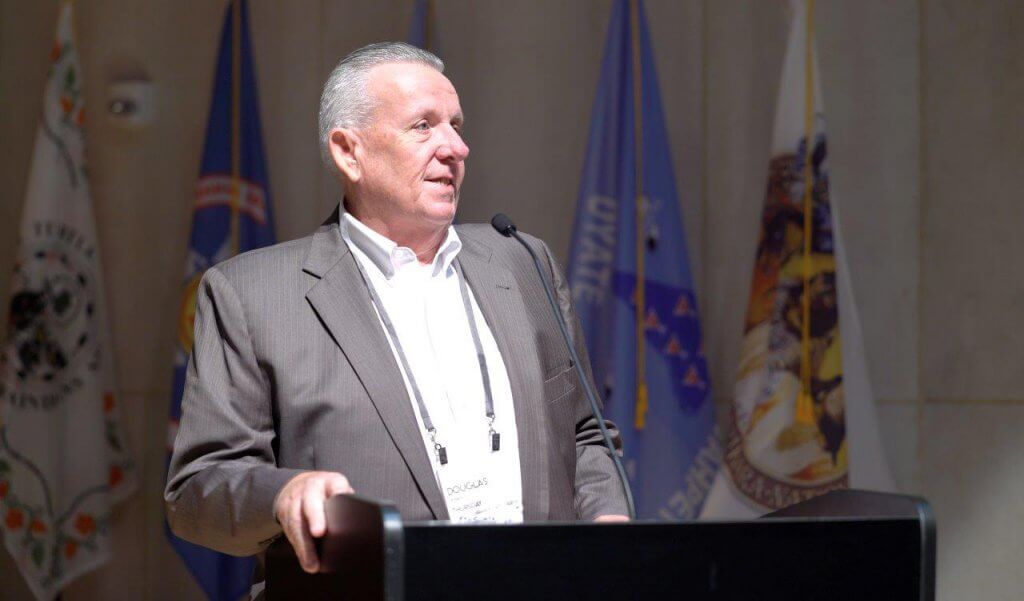
President of Bismarck State College Dr. Douglas J. Jensen welcomes participants to the Bison Symposium that finally became a reality after nearly three years of planning. Who knew when we began to talk about the importance of our national mammal—the bison or buffalo— their near extinction and the conservation efforts involved in the restoration to Native and federal lands, that travel restrictions caused by a worldwide pandemic would postpone or even threaten cancellation of the symposium? Co-chairs of the BSC Bison Symposium committee are Dr. Larry Skogen, President Emeritus of BSC, and Erik Holland, Curator of Education with the State Historical Society. The BSC Dakota Bison Symposium, was made possible by the generosity of the National Endowment for the Arts, Rockstad Foundation, and Bismarck State College Foundation. All persevered and we are delighted to have overcome all obstacles. Photo credit James Kambeitz.
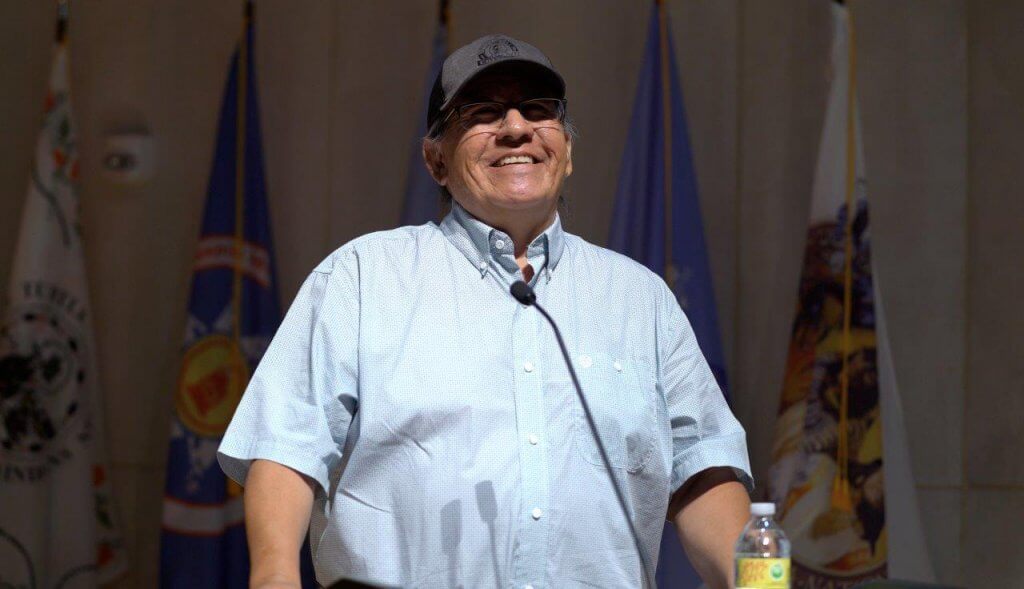
Jon Eagle Sr., Standing Rock Historic Preservation Officer, kicks-off the symposium by discussing the cultural and spiritual significance of the American Bison to Great Plains Indigenous people. He talked about where the buffalo came from in a Native American point of view. Photo JK.
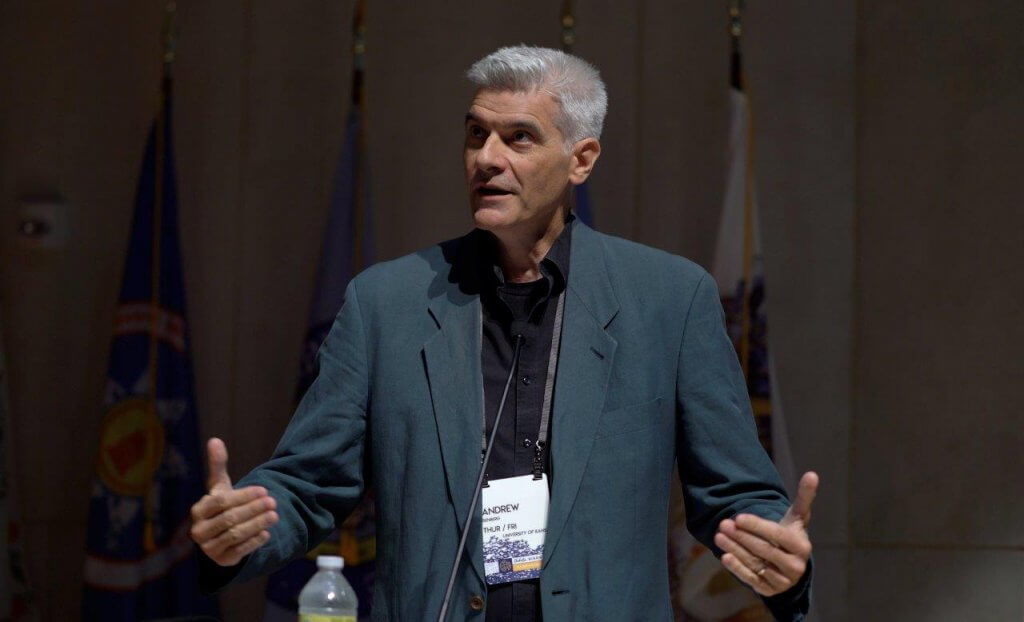
Here Andrew C. Isenberg, Distinguished Professor of American History at the University of Kansas and author of ‘The Destruction of the Bison,’ explains how millions of bison were slaughtered to market the hides, meat, tongues and bones. “Like other environmental catastrophes in the American West . . . the destruction of the bison was in part, the result of the unstainable exploitation of natural resources,” he said. Photo JK.

A panel discussion of the restoration of bison and economic aspects of raising buffalo included Kevin Leier, at left, executive director of the North Dakota Bison Association, Brendan Moynahan, Chair of the Department of Interior’s Bison Working Group and planning for the National Park Service, and Arnell D. Abold, who served 4 years as Executive Director of the InterTribal Buffalo Council, is a member of the Oglala Lakota (Sioux) tribe, and now works with the Tanka Fund to help restore bison to tribal lands.
Abold devotes her career to the vision of seeing Bufalo on the land, believing “that Buffalo are the connection for our people to believe in a better tomorrow and together we can help create a reality that empowers us to live not only a better today but inspires us to keep fighting for a better future for the people, the land and the Buffalo.” Photo Credit JK.
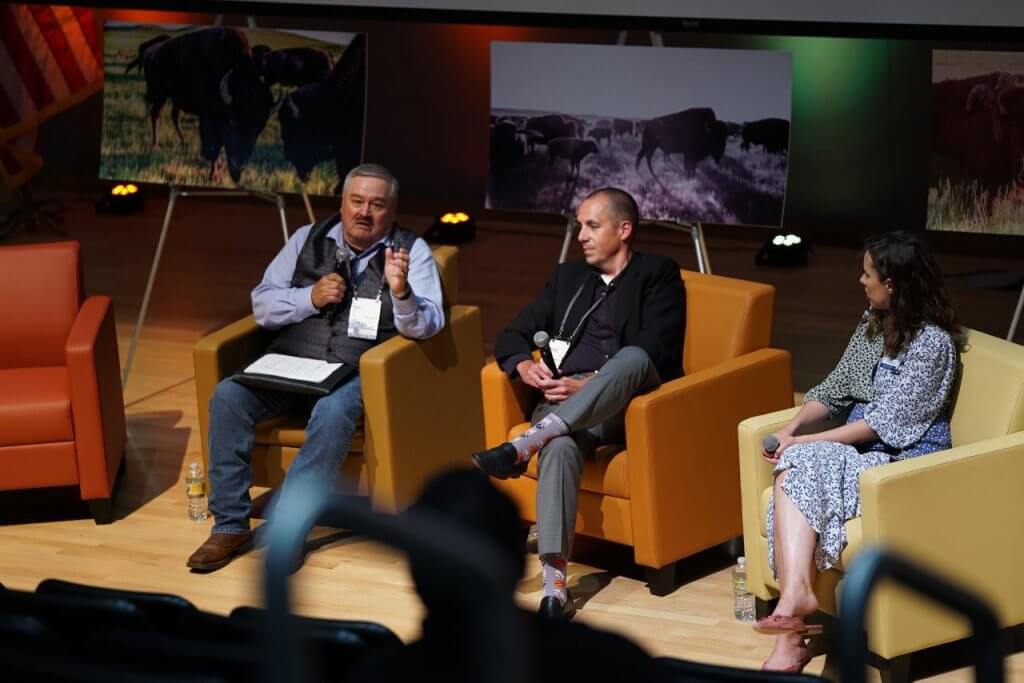
This panel discussed bison and healthy Native communities and included Mike Faith (left), who for over 16 years was manager of the Standing Rock Tribal bison herds, is former chairman of the Standing Rock Sioux Tribe and a founding member and vice president of the Intertribal Buffalo Council; Dr Michael LeBeau, a vice president with Sanford Health who is an enrolled member of the Cheyenne River Sioux Nation in South Dakota; and Taylor Syvertson, Director of Ending Hunger at the Great Plains Food Bank. Dr LeBeau spoke about health, especially mental health of tribal members. Their emphasis was on how bison contribute to the health of Native communities. Photo JK.
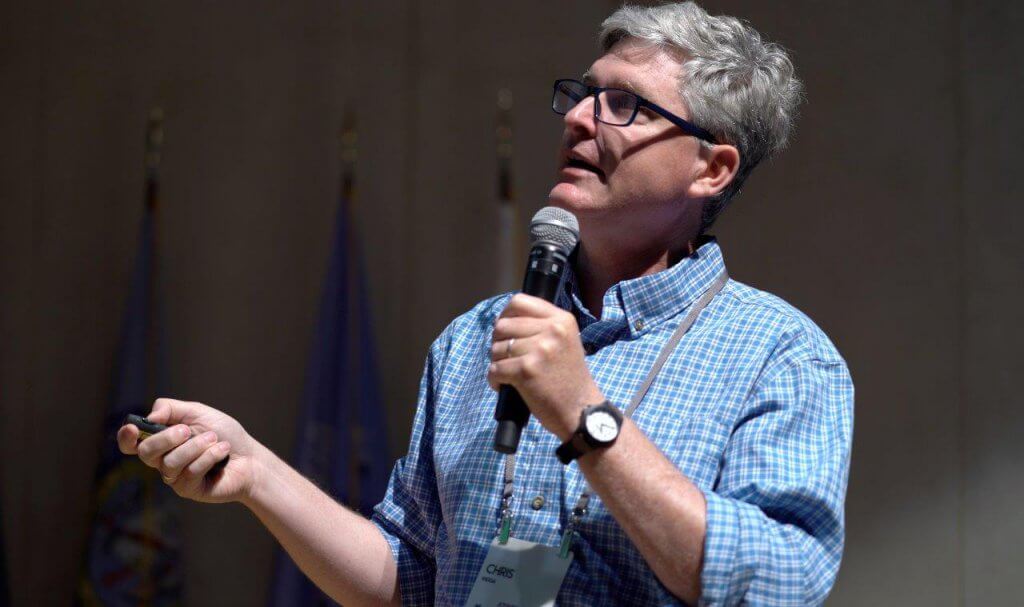
Dr. Chris Widga, Paleontologist and Head Curator at the Gray Fossil Site & Museum at East Tennessee State University, speaks on the arrival of bison in North America, their response to drastic changes in Ice Age climates and their impact on the environment. Photo JK.
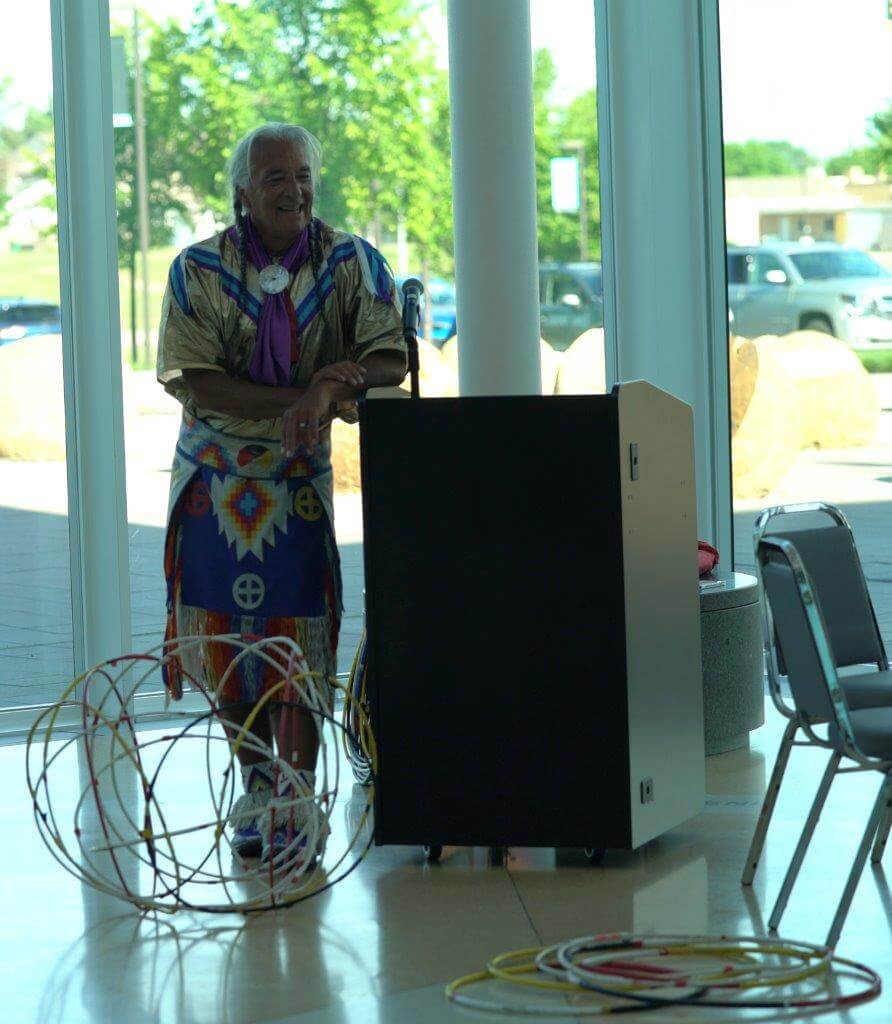
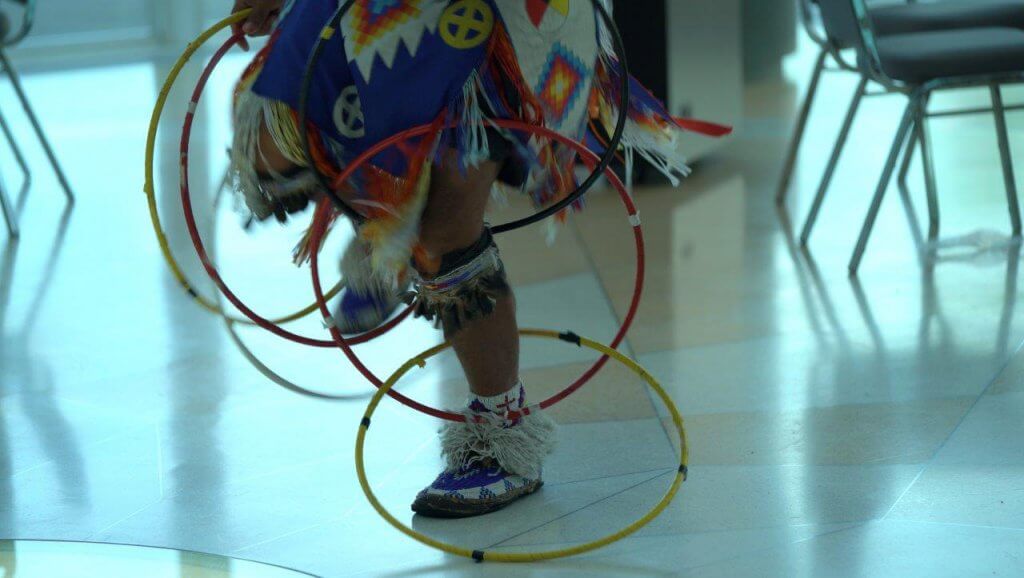
Kevin Locke, a world famous visionary Hoop Dancer, traditional story teller, cultural ambassador, recording artist, educator and player of the Indigenous Northern Plains flute, entertains with a Hoop Dance using up to 26 hoops. He has performed to over hundreds of thousands of people in over 90 countries. His special joy is working with children on the reservations to ensure the survival and growth of indigenous culture.
Two excellent short films from the Blackfeet Reservation were shown on how the Blackfeet are developing a buffalo herd and how it relates spiritually to tribal members. Photos JK.
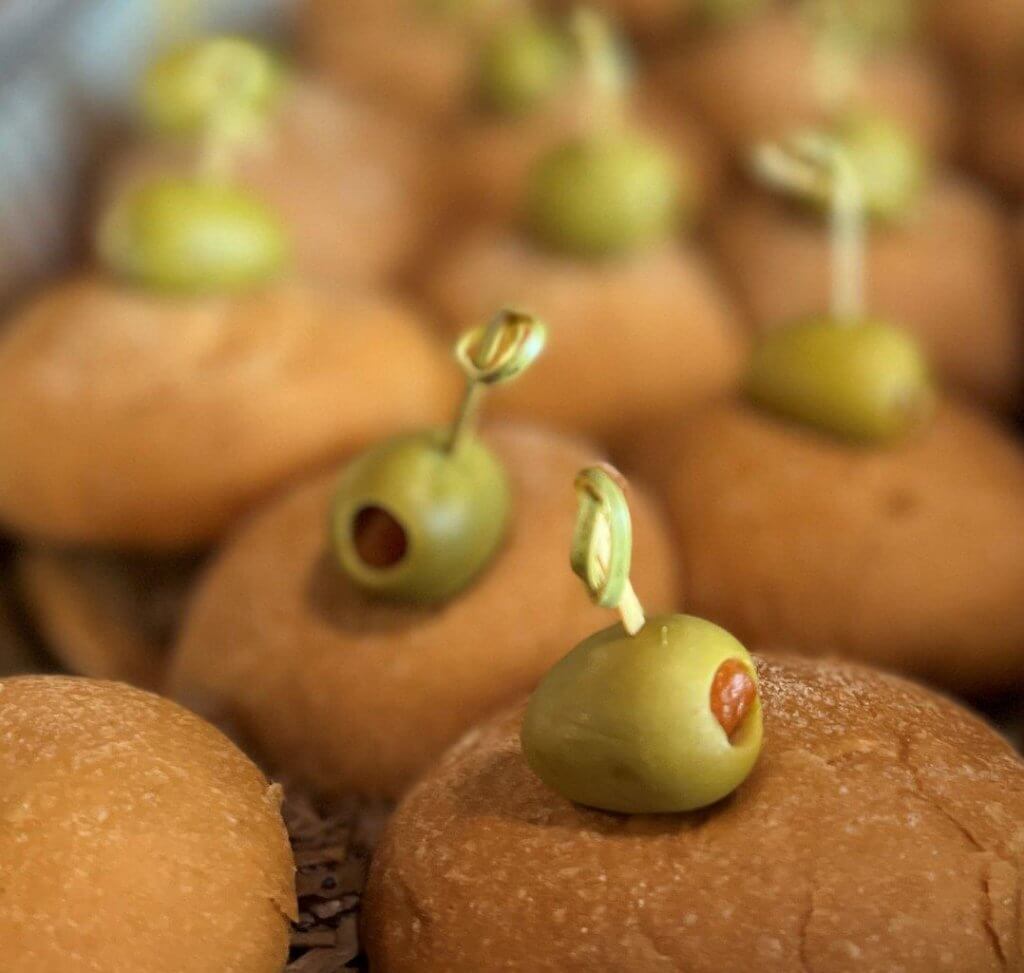
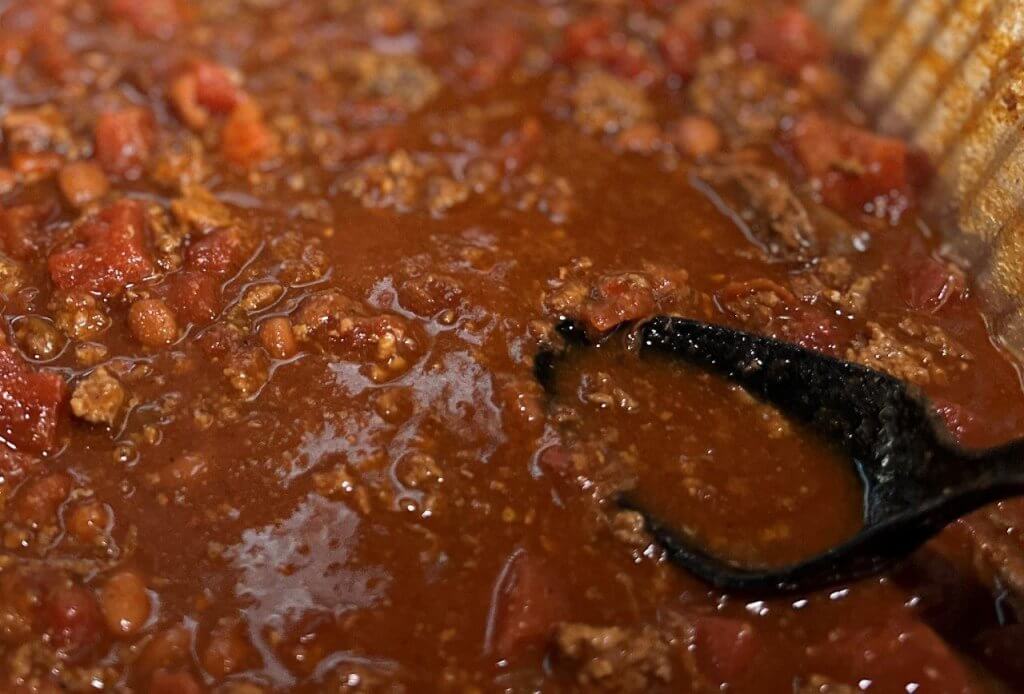
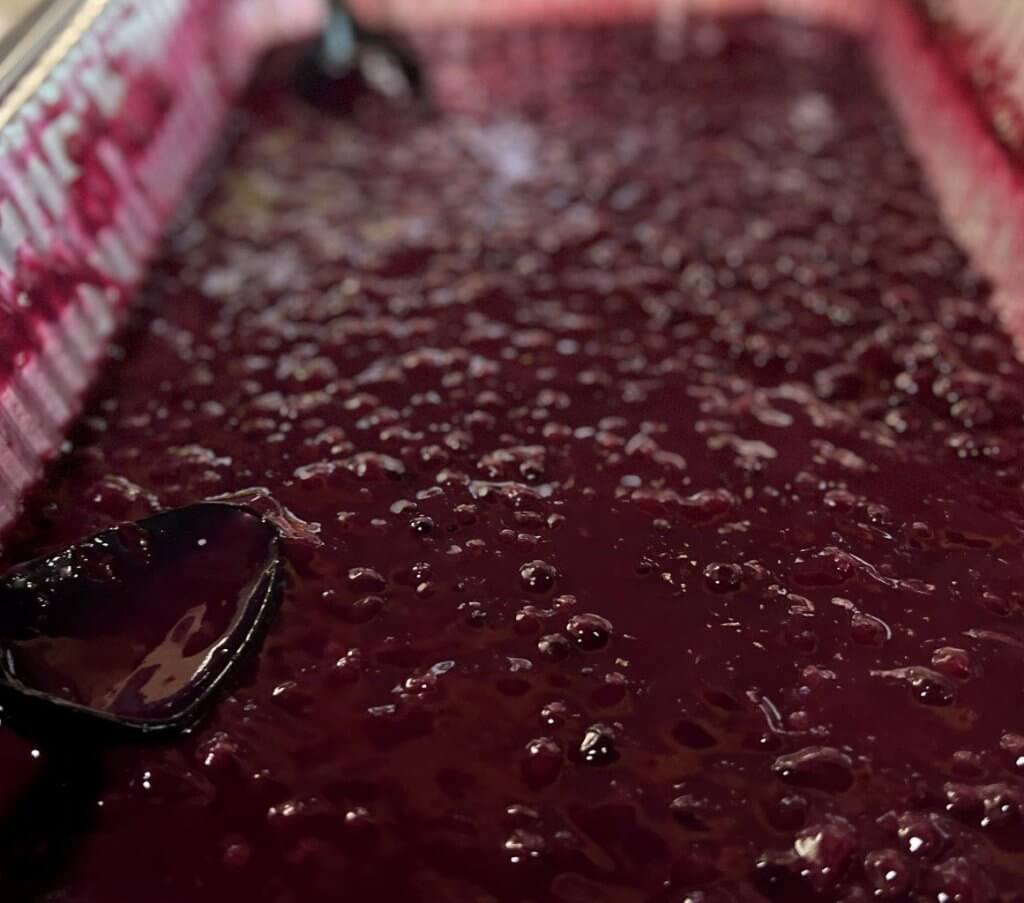
Bison was a favorite food for the BSC Bison Symposium. The Native American chef who catered this delightful Day 1 supper of selected indigenous foods for our menu—bison meat purchased from various tribes for hamburgers and chili, with cranberry sauce on the side. A delicious Bison Meatball Stroganoff was served for the Day 2 evening meal. Photos JK.
Day 2—Friday, June 24, 2022
You’ll have the opportunity to experience “where the buffalo roam.”
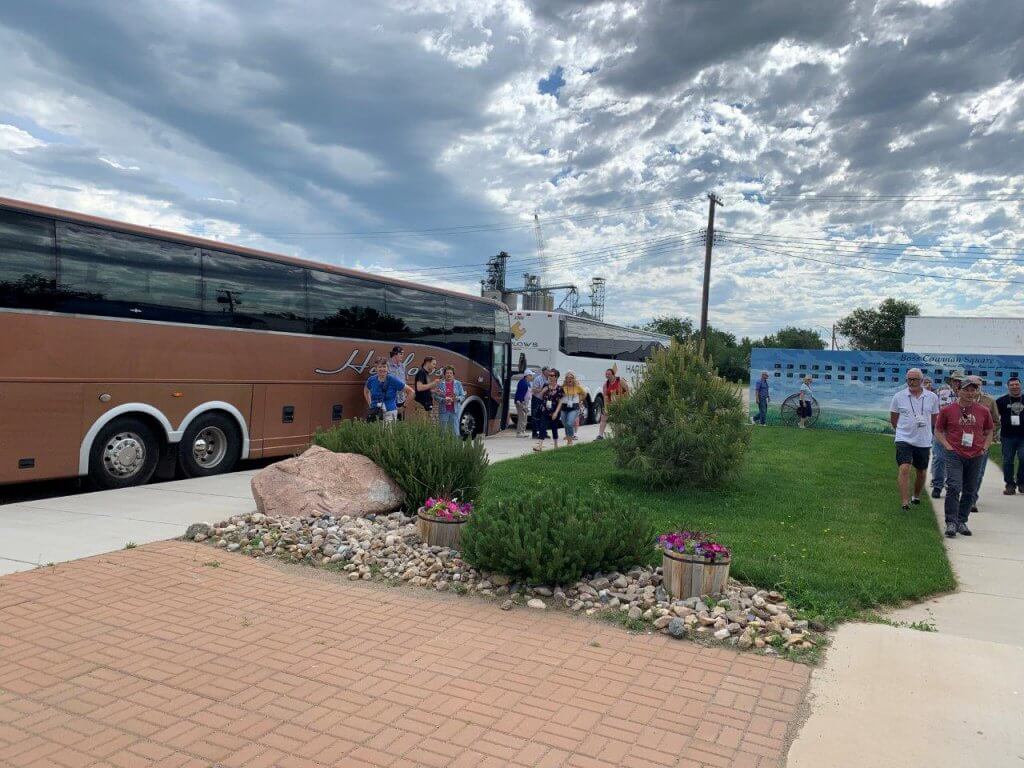
For Day 2 tour of Southwest North Dakota and Northwest South Dakota buffalo heritage sites, large buses arrive at John Lopez’s Main Street Kokomo Gallery in Lemmon, SD, on Friday morning, June 24, 2022. Between 75 and 80 people rode the 2 buses that day. Photo Credit Kathy Berg Walsh.
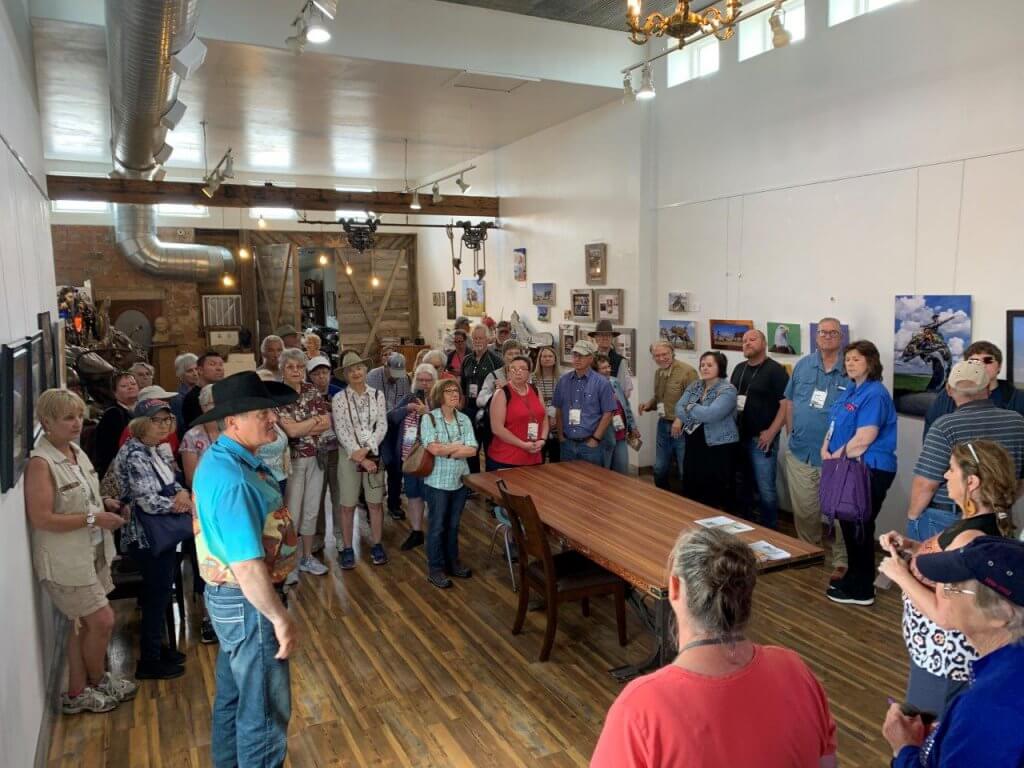
BSC Bison Tour makes its first stop at Kokomo Gallery. Sculptor John Lopex (at left) explains his current work. Photo KBW.
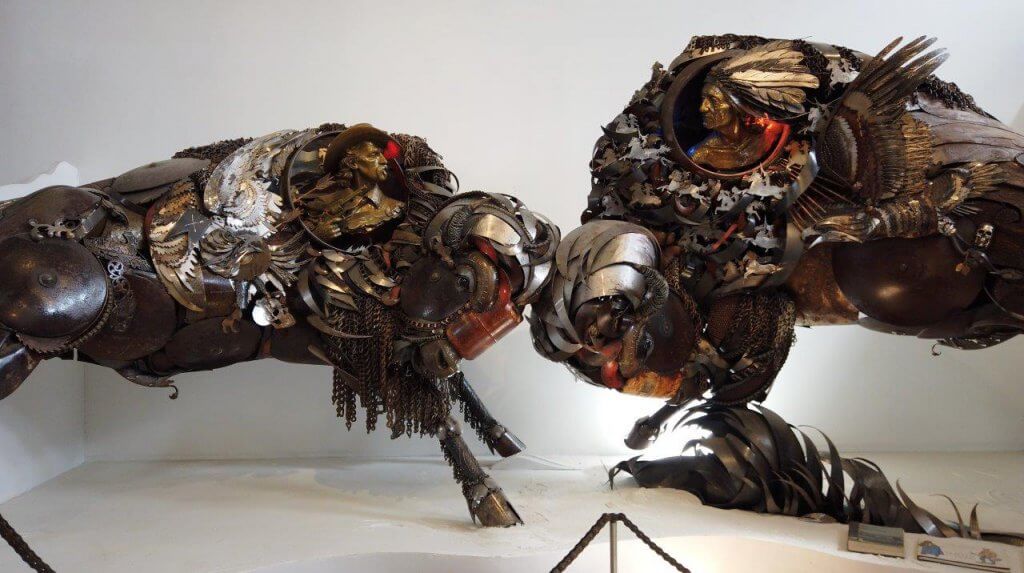
In the Kokomo Gallery is John’s pair of full-size fighting buffalo bulls. The bull on the right represents Sitting Bull, the other General Custer, two leaders he selected because their paths crossed near here along the North Grand River (Custer in 1874 heading for the Black Hills and Sitting Bull on a buffalo hunt here in October 1883, after 50,000 wild buffalo suddenly returned to the Great Sioux Reservation). Photo JK.
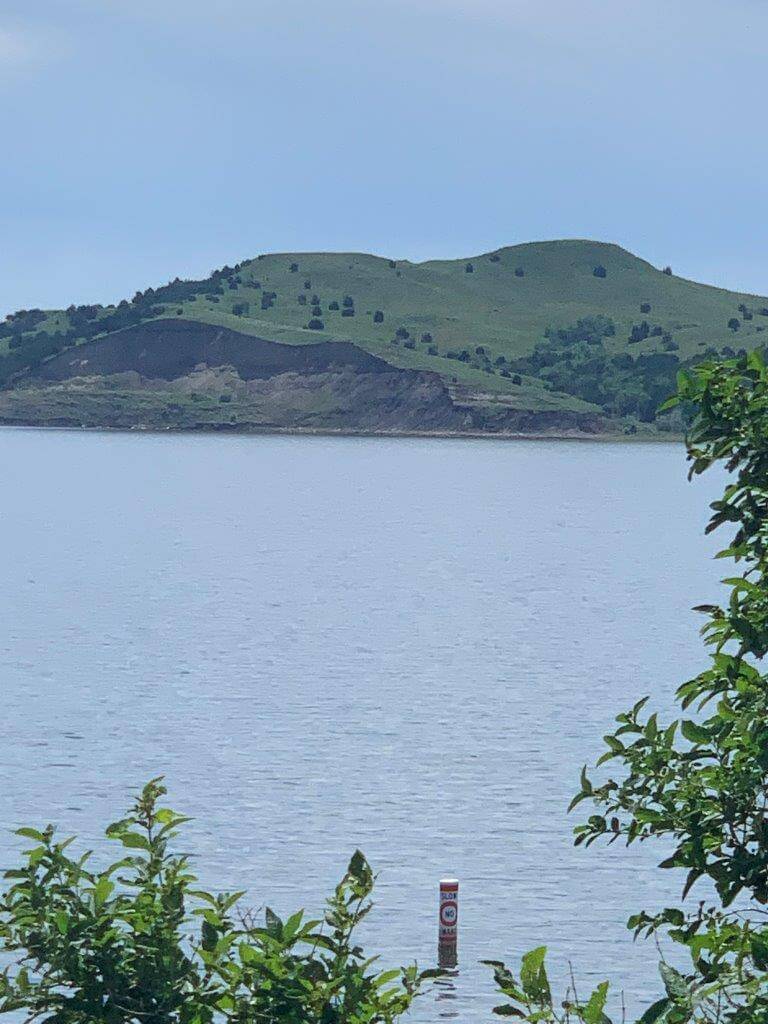
Shadehill Buffalo Jump from the north side of the lake. When first settlers arrived in the area, 2 layers of buffalo bones were exposed across the face of this steep cliff for about 100 ft up and down the river, according to SD author Archer Gilfillan. The first layer, 12 feet deep was about 25 feet below the top of the cliff. Beneath that was a 4 ft layer of earth, then a 2nd layer of bones 4 ft thick—the bottom of which was 100 ft above the bed of the river (before the dam was built in the 1950s).
The bones of the jump—like most known buffalo jumps in the US and Canada were “mined” and the bones shipped to munitions plants on the west coast during WWII. Phosphorus was extracted for explosives. This was one way people at home supported the war effort.
Buffalo jumps have 3 parts: the bone pile below, a steep cliff, and most important of all, drive lines on the plateau above where buffalo often graze. Native leaders who made the buffalo jumps work had a deep understanding of buffalo behavior. Religious rites, traditional dancing and prayers also played an integral part in the hunts. These were people without horses or guns. They prayed for courage, skill and teamwork, as well as cooperation from their relatives, the buffalo. Photo KBW.
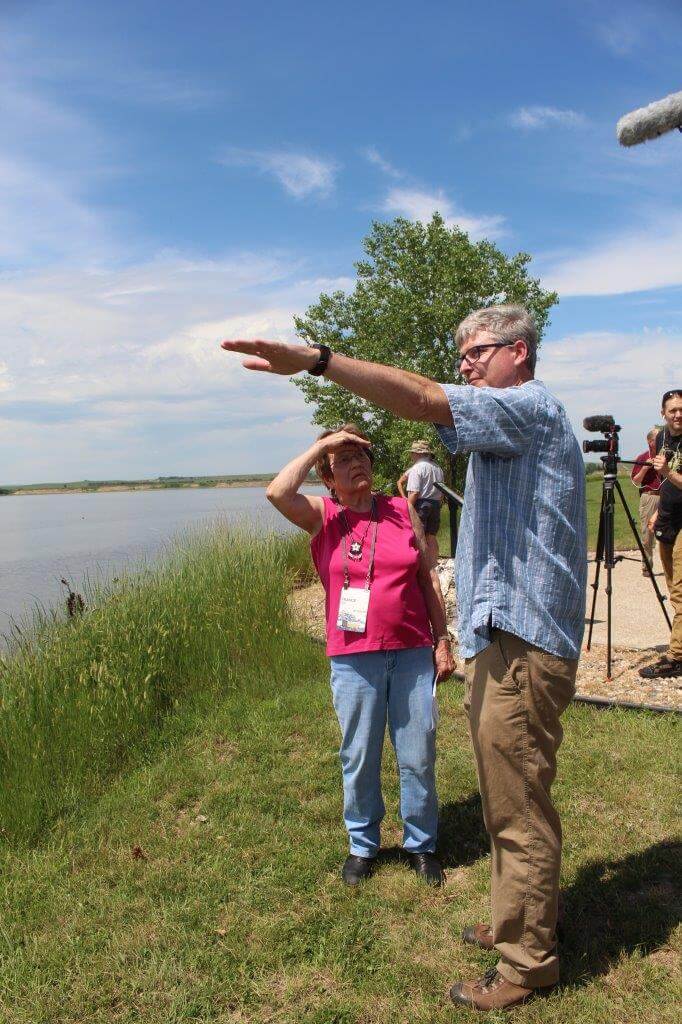
Chris Widga, Paleontologist and Head Curator at the Gray Fossil Site & Museum at East Tennessee State University at Shadehill Buffalo Jump. Experts and Native American leaders and storytellers give their perspectives on the historic buffalo sites as we travel. At far right in this Shadehill Buffalo Jump photo you can also see the video professional James Kambeitz who filmed each segment. His edited videos will be available to the public—especially for state History teachers—through the ND State Heritage Center. Photo KBW.
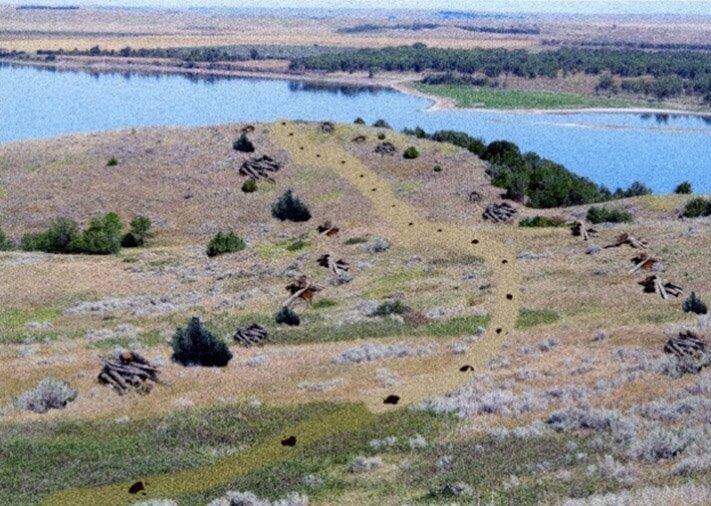
This view from the south side of Shadehill Lake leads out to the buffalo jump cliff itself. “I’ve tried to sketch here what might have happened. The best kept secrets of success are not with the drive lines themselves, brush and branches waving from both sides—although these were necessarily carefully engineered to keep the wild herd on track,” according to author FM Berg. “Dr Jack Brink, Canadian anthropologist and author of the book ‘Imagining Head-Smashed-In’ says he never read about this next technique in any book, but was told by a Blackfeet elder that before the buffalo were brought up, a trail was made down the center—by a hunter who pulled a buffalo hide behind him dropping buffalo chips all the way, while covering his moccasin tracks.
“Then he adds that some tantalizing activity is used to tempt the herd to charge down the trail. A medicine man might prance and dance calling and singing to the buffalo, exciting and attracting their curiosity.
“Or even better, a couple of young men scuffle on the trail, one wearing a wolf skin and the other a buffalo hide. The pretend calf bleats out with a perfect imitation of desperate calls for help—and anxious mothers in the herd come on the run to rescue him from the snarling pretend wolf. By this time the herd is in frantic stampede—and off the cliff they go.
“However, it’s a very dangerous place for everyone at the cliff drop-off waving hides, trying to prevent buffalo from escaping off to the side. If one gets past, the others might follow and all is lost.” Photo FMB.
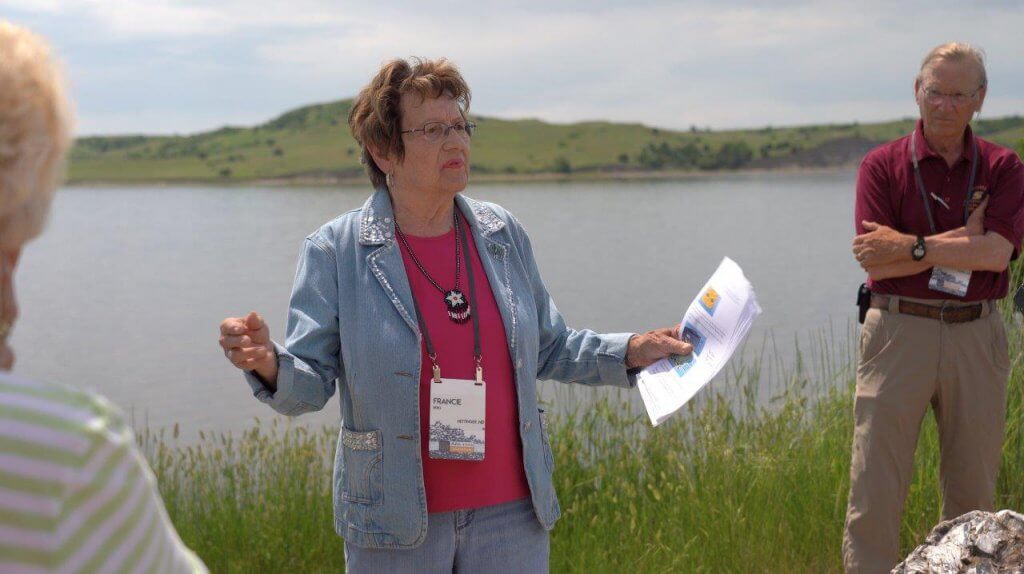
Francie Berg shares what she calls the “best kept secrets of the buffalo Jumps”–describing ways buffalo were lured down the trail right to the jump off. “Makes sense to me!” Photo JK.

Co-chairman Larry Skogen, who grew up in Hettinger, where his parents owned the Coast-to-Coast hardware store, invites visitors to give their impressions and personal knowledge of buffalo jump sites. Photo JK.
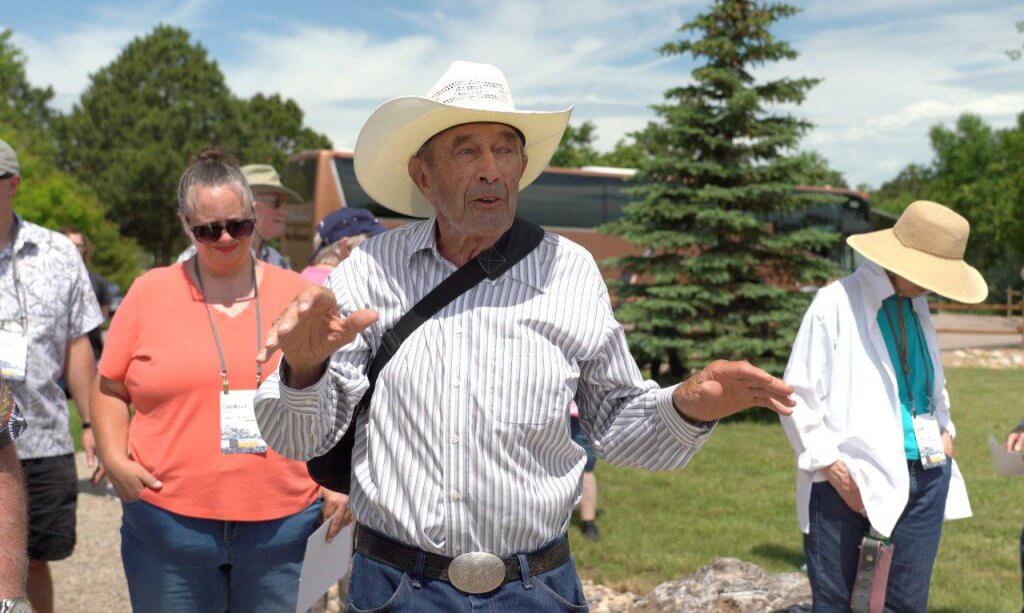
Vince Gunn, retired Perkins County Extension agent—who has lived all his life across the water from Shadehill Buffalo Jump—shares his view of the jump and some local history. Photo JK.
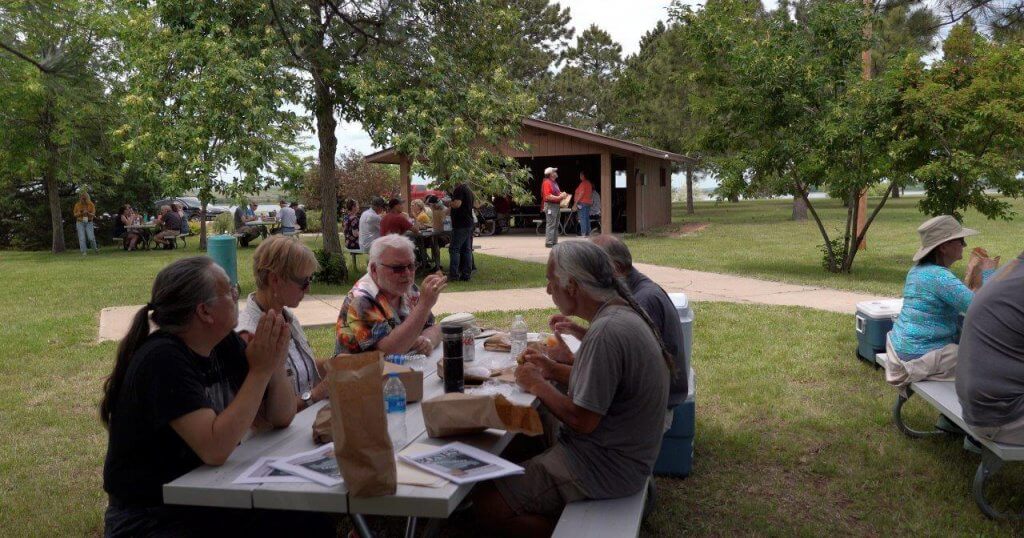
In the South Dakota park at Shadehill Recreation Area by the lake, visitors pick up their sack lunches, furnished by the Lemmon IGA grocery, and find a pleasant shady spot to relax a few minutes before getting back on the buses and moving on. Photo JK.
(Bold 16 pt) NEXT: Blog 63-Part 2 BSC Bison Symposium, June 22-25, 2022
______________________________________________________________________________

Francie M Berg
Author of the Buffalo Tales &Trails blog


